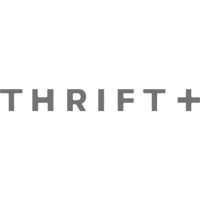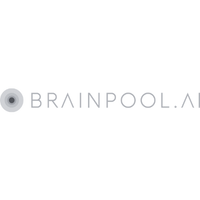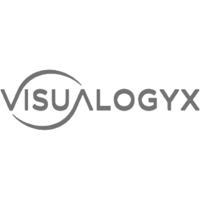Data analytics on the IoT devices
Organizations can derive benefits from iot with data analytics, optimize operations, control processes automatically, engage customers, and empower employees.
Balasaravanan Venugopal

With the advent of compute capabilities in the form of single board computers like RaspberryPi, Jetson Nano and NXP iMX, it is now possible to push the compute to the edge. According to the recent article by Gartner, by the year 2025, we will have 80 billion connected devices on the planet. The combined data from these 80 billion connected devices could surpass generating 180 zeta bytes of data. To put this in perspective, if every Gigabyte in a Zettabyte were a meter, it could span the distance of the Amazon River (the world’s longest river at 6,992 kilometers) more than 150,000 times.
This explosion of the data and compute capability on the edge, gives rise to a wide range of use cases. Improve business efficiency by combining the power of IoT devices with data analytics capabilities on the edge. The application of IoT use cases are not restricted to any single vertical with some of the explored use cases being
* Data from the automobiles and its various sensors contributing to both the autonomous and human driven segments
* Discrete and continuous manufacturing sectors utilising IoT to create digital twins of the operations
* Intelligent sensors that augment the command and control of various sensors that contribute to the smart buildings and homes infrastructure
* Monitoring solar and wind farms for predictive maintenance using the data from sensors on the fields
* Financial sector improvements by utilising the POS devices

Improved connectivity and monitoring
Because of the connected nature of the IoT devices, we get a perennial connectivity with the assets of interest on the field. Assume that we want to protect and preserve energy assets like a solar panel or a wind turbine. With IoT devices attached to these assets it is now possible to understand the operating conditions of the energy assets. As a direct consequence of end to end connectivity, we are now able to monitor the assets of interest and perform real time reporting on the same. When a particular sensor goes down, we can identify the event almost immediately and take corrective action.
The continuous and real time monitoring lends to better life cycle management of critical assets. The data from the sensors can be used to perform predictive analytics and control to extend the lifetime of the assets.
Data analytics and AI on the edge
With the deluge of data that is being obtained from the connected devices, we can now perform predictive analytics and lead to an intelligent edge eco system. The predictive analytics functions can help in predicting failures or any other event of interest.
Time series pre-processing routines is a type of software component that distills the IoT data into fine tuned actionable events or data points. Commonly used time series pre-processing methods are data selection, data aggregation and data inference. By utilizing the pre-processing methods, we can greatly reduce the transfer of large amount of data to the central processing stations or computational resources.
Modern IoT devices now have enough computing power to execute ML and AI inference engines. Some common tasks that can be performed on an inference engine are
* Find outliers or anomalies on the IoT sensor data
* Grouping data in an unsupervised manner
* Predict certain output parameters based on IoT data
References
The Zettabyte Era Officially BeginsTrusted Worldwide By Innovation Driven Companies







